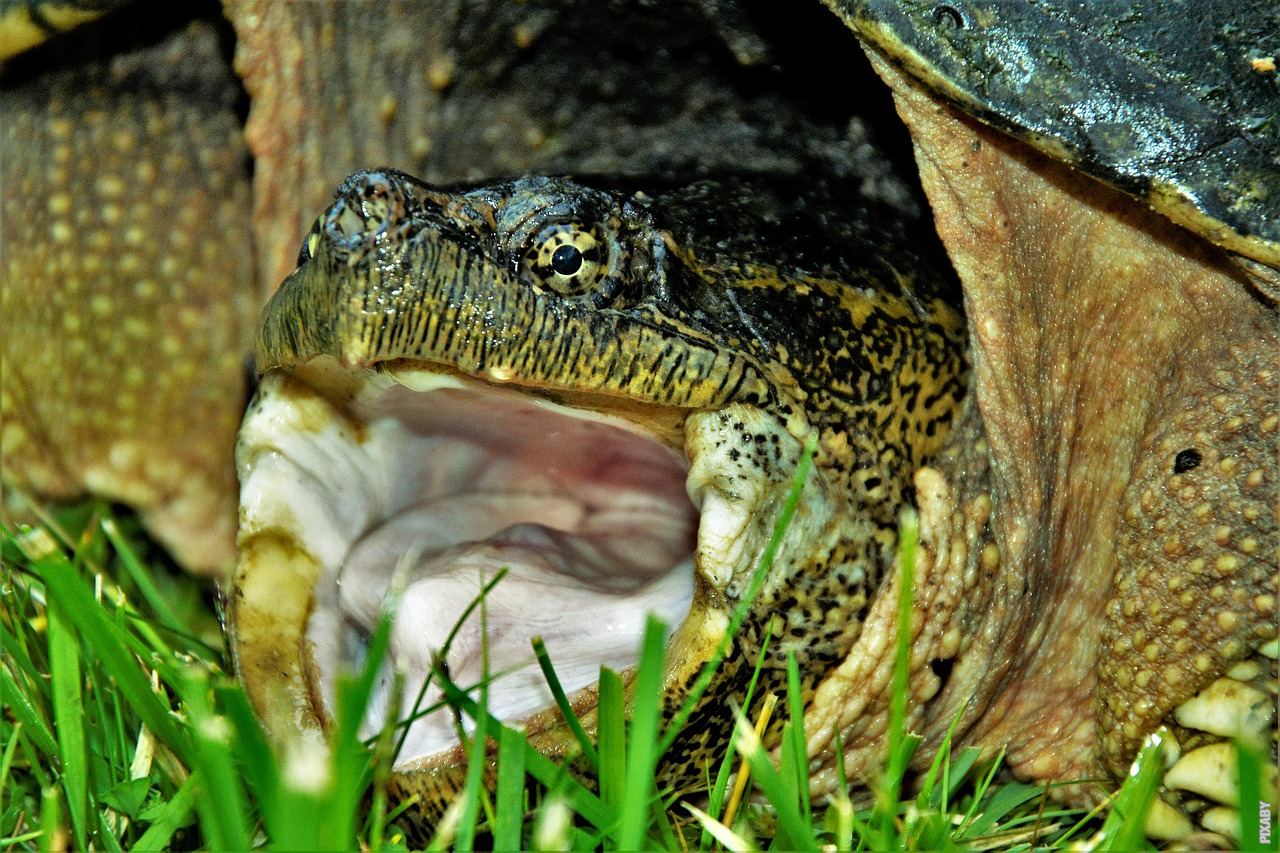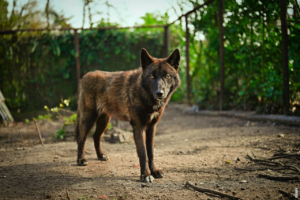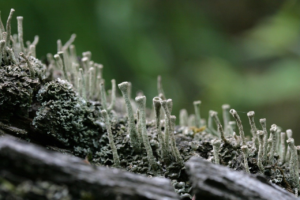The Fascinating World of Turtle Respiration
Turtles, the ancient reptiles that have roamed the Earth for millions of years, have developed unique ways of adapting to their aquatic and terrestrial environments. One of the most intriguing aspects of their physiology is their breathing mechanism. Let’s dive into the mesmerizing world of turtle respiration.
Aquatic Marvels: Turtles Underwater
When it comes to breathing underwater, turtles have evolved specialized adaptations that allow them to survive in aquatic habitats. Unlike mammals, turtles do not have lungs that can extract oxygen directly from the air. Instead, they rely on a highly efficient system called cloacal respiration.
Cloacal Respiration: The Secret to Turtle Survival
Turtles possess a unique opening called the cloaca, which serves as a multi-purpose orifice for excretion and reproduction. Remarkably, the cloaca also plays a vital role in turtle respiration.
When turtles are submerged underwater, they can extract oxygen by utilizing the thin-walled cloaca. The cloaca is rich in blood vessels that allow for gas exchange. As water flows over the cloaca, oxygen from the water diffuses across the thin membrane and enters the bloodstream. Simultaneously, carbon dioxide is released into the water.
Terrestrial Marvels: Turtles on Land
While many turtle species are adapted to life underwater, others have successfully transitioned to terrestrial habitats. These land-dwelling turtles have evolved lungs that enable them to breathe atmospheric air, much like other reptiles.
Lung Respiration: The Key to Turtles’ Terrestrial Conquest
When turtles venture onto land, they rely on their lungs for respiration. Their lungs are spongy organs that have a large surface area, allowing for efficient gas exchange. As turtles inhale, air enters their lungs through the trachea, and oxygen diffuses into the bloodstream while carbon dioxide is expelled.
Post
Post
Amazing Adaptations: Turtles’ Remarkable Flexibility
Turtles’ ability to switch between aquatic and terrestrial environments highlights their remarkable adaptability. Some turtle species, such as the red-eared slider, possess both lungs and specialized cloacal structures, enabling them to respire using both methods. This flexibility is crucial for their survival in changing environments.
Conservation Considerations: Protecting Turtles’ Breathing Habitats
Understanding how turtles breathe is not only fascinating but also important for their conservation. Pollution, habitat destruction, and climate change pose significant threats to turtle populations worldwide. By preserving their aquatic habitats and protecting nesting sites, we can ensure these incredible creatures continue to thrive.
To witness the marvels of turtle respiration is to witness the wonders of evolution. These ancient reptiles have mastered the art of breathing, whether in water or on land, showcasing their adaptability and resilience. As we continue to explore and appreciate the natural world, let us also strive to protect and conserve the habitats that turtles depend on for their breathtaking survival.



